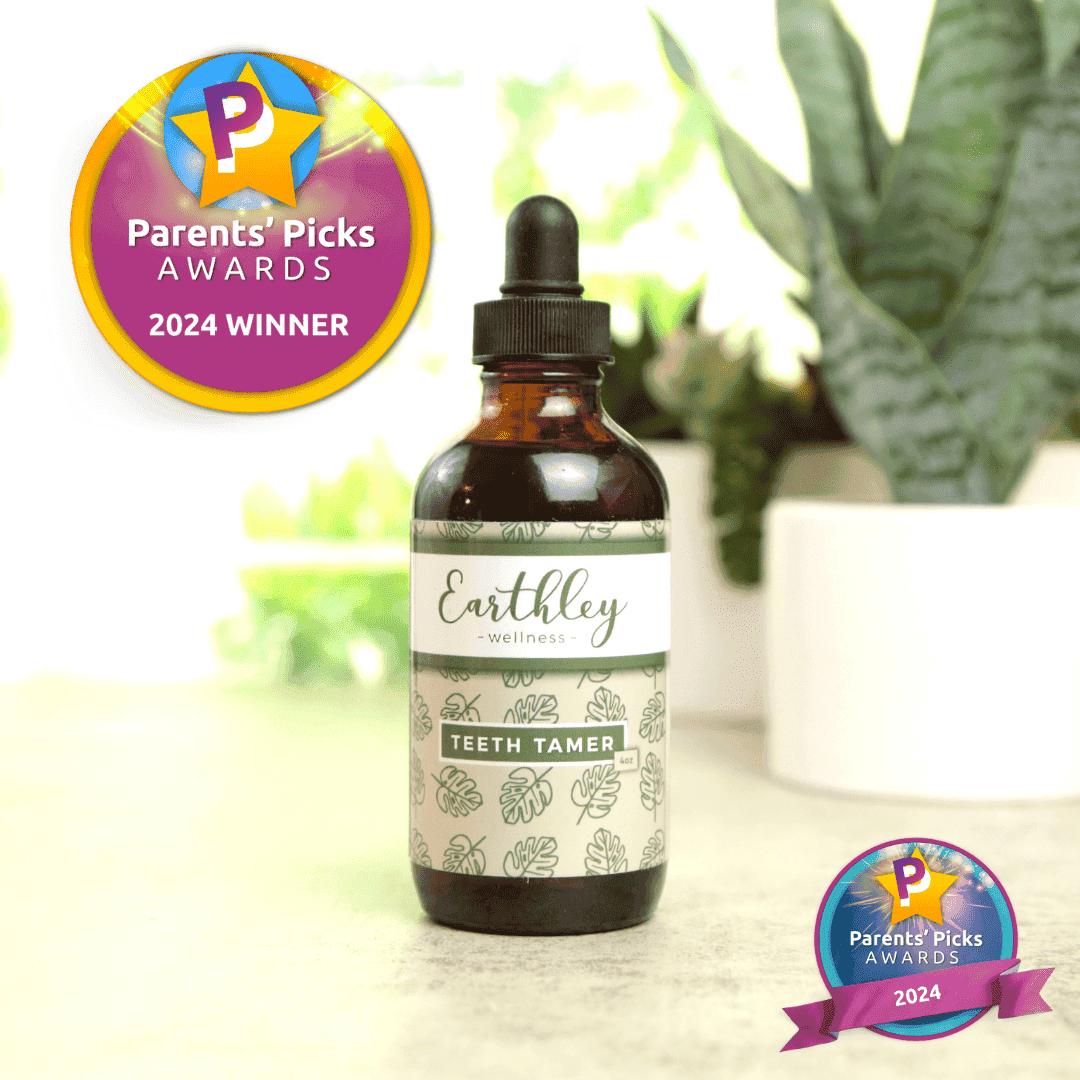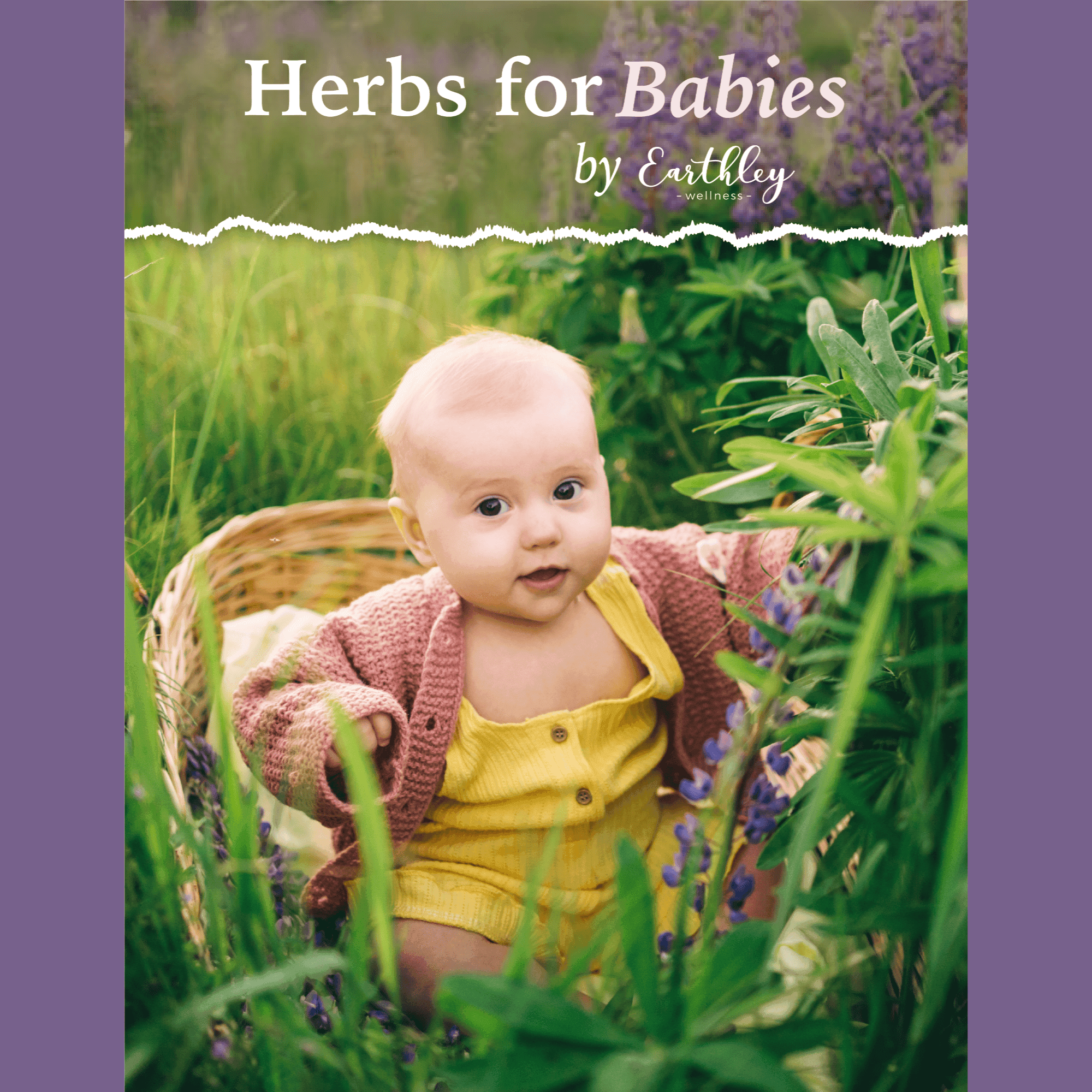Whole Herb Clove Vs. Clove Essential Oil

“Cloves are dangerous! You can’t use that!” Most of us have probably heard this. Many people are getting the herb and essential oil confused, though.
Did you know they are not the same thing nor do they have the same safety? Aside from having similar benefits, the way these two products are used couldn’t be more different!
You can use both of them, but not interchangeably! For instance, clove is an herb meant to be taken internally, while clove essential oil should never be ingested – only diffused or applied topically (diluted).
About Cloves
For starters, clove is also known by its Latin name Syzygium aromaticum. It is a beautiful tropical tree of the Myrtaceae family with tiny reddish-brown flower buds.
Benefits of clove include:
- Is Rich in antioxidants
- Has Antibacterial properties
- Has natural anesthetic properties
- May support stomach health
- May promote healthy blood sugar levels
- May promote bone health
- May support liver health
Clove’s main benefits stem from compounds like eugenol, eugenol acetate, and gallic acid.
Eugenal is well recognized for its antimicrobial, anticancer, antioxidant, anti-inflammatory, and analgesic properties and is even found in pharmaceuticals (1).
Eugenol acetate exhibits antibacterial, antioxidant, and anti-virulence activities (2).
Gallic acid has antioxidant, anti-inflammatory, and antineoplastic properties (3).
Whole Herb Clove Vs. Clove Essential Oil
Whole Clove – the sweet and simple herb
Whole herb clove is a safe and versatile option for natural wellness, offering powerful benefits in gentle, easy-to-use forms. The whole clove retains its natural compounds, like eugenol, which supports oral health, digestion, and a healthy immune system. It does it with naturally occurring amounts with the intended complimentary compounds.
Whole cloves are safe to consume orally. Its warm, spicy aroma and flavor make it a soothing addition to teas, culinary dishes, or simple home remedies. With proper use, clove provides a comforting and effective way to embrace nature’s support for your health journey.
It can be used to create herbal remedies such as tinctures or teas meant to be consumed. Clove tincture combines clove and sometimes other complementary herbs, like catnip, with vegetable glycerin and water, creating an amazing baby-safe teething remedy. Earthley makes this tincture called Teeth Tamer.
Clove Essential Oil
Clove essential oils are made by extracting the aromatic compounds from whole cloves, usually through steam distillation or cold pressing. In steam distillation, steam passes through the plant material, causing the oils to release and rise with the vapor, which is then condensed and separated. Cold pressing, often used for citrus oils, involves mechanically pressing the plant to release its oils. These processes capture the plant’s isolated and concentrated essence, resulting in the potent and fragrant oils we use for aromatherapy, skincare, and more.
According to aromatherapist Wendy Robbins, essential oils should never be taken internally or applied undiluted. Clove essential oil has a moderate risk for mucous membrane irritation, may inhibit blood clotting, and poses a drug interaction hazard.
It may cause embryotoxicity. There is a moderate risk of skin sensitization, and it should be diluted at the recommended dermal maximum of 0.5%. Additionally, it is advised not to use clove essential oil topically on children younger than two years old. Some even compare the effects of higher doses of eugenol to the overdose of acetaminophen (4).
Why is there such a big difference?
Whole herb clove and clove essential oil may come from the same plant, but they’re not the same at all. Whole herb clove has natural compounds, like eugenol, that support digestion, oral health, and even support the immune system. It’s easy to control how much you’re using, making it a stress-free addition to your wellness routine.
Clove essential oil, on the other hand, needs a bit more care. Packed with potent concentrated compounds, it’s highly effective but not as safe to use. A single drop can pack a punch, and using it undiluted or in excess can irritate your skin or overwhelm your system. Think of it as a spicy daredevil—amazing when used wisely, but not something to dive into recklessly.
In high concentrations, eugenol can be dangerous.
The undiluted clove essential oil contains about 89% eugenol, which is why it’s not recommended for children under the age of 2. Even diluted to 2% (equivalent to just six drops in a 10-ml roller bottle) is 1.7% eugenol and is too powerful, even for adults.
Whole cloves contain 8 - 12.5% eugenol, and just 9-14% of all three of the oils mentioned above (5).
In the whole clove and catnip recipe mentioned above, it calls for just 3 oz. (85 g) of whole cloves per gallon of liquid. Once that liquid is finished, the amount of eugenol in the final tincture is under 0.2%.
So, you can see that the amount of eugenol in a tincture is 1/10th what it would be in diluted essential oil. That’s why the tincture and herb are safe, and the essential oil isn’t.
Worried about clove safety?
Well, eugenol isn’t just found in cloves. It’s also found in cinnamon bark and leaves, tulsi leaves, turmeric, pepper, ginger, oregano, and thyme. Eugenol is also found in peaches, plums, raspberries, and bananas. The concentration of eugenol in these things is about the same as a clove tincture. It is natural and very safe!
If you’re new to natural remedies or using them for your children, sticking with whole herb clove is the safer, gentler starting point, while clove essential oil is for those who have researched how to handle its fiery nature respectfully. Essential oils are great tools when needed, but it is important to remember they are concentrated and generally isolated so they need to be used with care.
Sources
1 https://www.sciencedirect.com/topics/agricultural-and-biological-sciences/eugenol
2 https://www.medchemexpress.com/eugenol-acetate.html
3 https://www.ncbi.nlm.nih.gov/pmc/articles/PMC6528712/
4 https://www.ncbi.nlm.nih.gov/books/NBK551727/
5 https://www.ncbi.nlm.nih.gov/pmc/articles/PMC3819475/
Check out these products!

For teething babies and toothaches

Supports digestive health and helps maintain a balanced microbial environment. Supports oral hygiene.




For upset tummies and gas for the whole family

